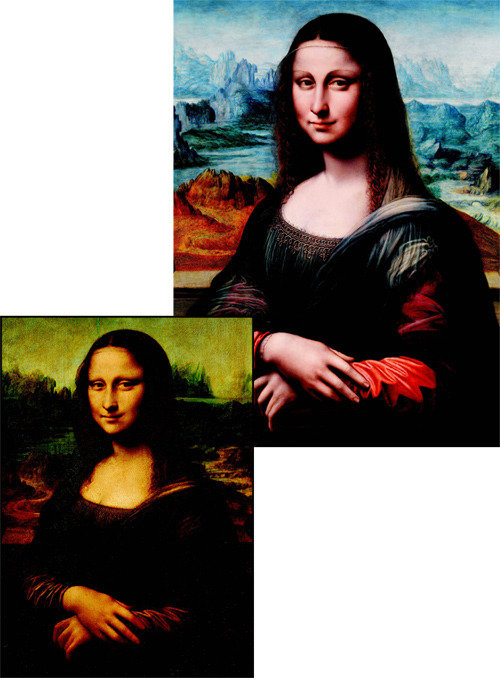Forgery of art work only to deceive art experts
Forgery of art work only to deceive art experts
Posted February. 18, 2017 07:10,
Updated February. 18, 2017 07:14

A forgery is commonly defined as a replica of the original art work that is then branded as an original piece. Skills and techniques required to create a remarkable replica should be exceptionally good. Even an ancient document is forged and used as an evidence to support the credibility of a replica.
What is the underlying logic behind forgeries of art work? Is it for money? The author is an art crime expert and says revenge, instead of money, is the element stimulating forgers. They are talented but forgotten in the art community. In a bizarre turn, they take a sinister revenge on the mainstream art market in order to prove their talents. Forgers become satisfied after deceiving art experts.
Han van Meegeren (1889∼1947) had the same thoughts and feelings. He rarely received good critics or audience’s attention. He began forging paintings of famous artists such as Dutch painter Johannes Vermeer to prove his talents and mock ignorance of art critics. Abraham Bredius, a famous art expert in the Netherlands in the 17th century, acclaimed Meegeren’s fake painting as “a great painting of Vermeer in his early period.” His forgery was discovered accidentally. He was charged for selling Vermeer’s “Christ with the Adulteress” to Hermann Goering, a leading member of the Nazi Party. To avoid the death penalty, he had to confess his forgery of painting in his defense.
The author says buyers of art work should have knowledge about art to prevent the grave crime of forgery in the art market. In addition, a certain system of screening the origin of art work, comprised of experts not related to art work business, should be in place. Moreover, the curiosity of the public about forgery and fake paintings is also adding fuel to forgery in the art market.
Jee-Young Kim kimjy@donga.com







